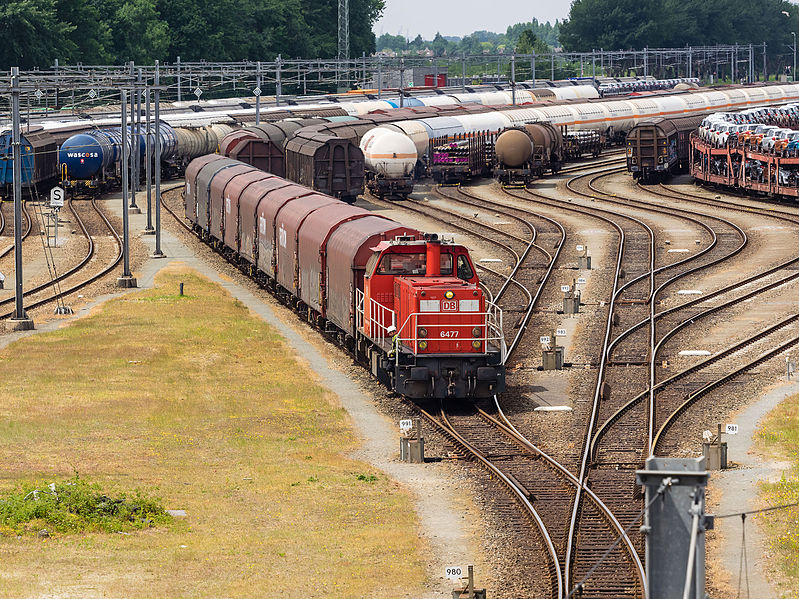Rail freight in Netherlands fears high track access charges in 2023

Until last week, railway undertakings in the Netherlands were able to respond to the draft of ProRail’s new Network Statement 2023. Freight carriers in particular made use of this option, as they are faced with a possible cost increase of up to 17 million euros in the network.
Do you want to read the full article?
Thank you for visiting RailFreight.com. Become a member of RailFreight Premium and get full access to all our premium content.
Are you already a member?
Having problems logging in? Call +31(0)10 280 1000 or send an email to customerdesk@promedia.nl.





